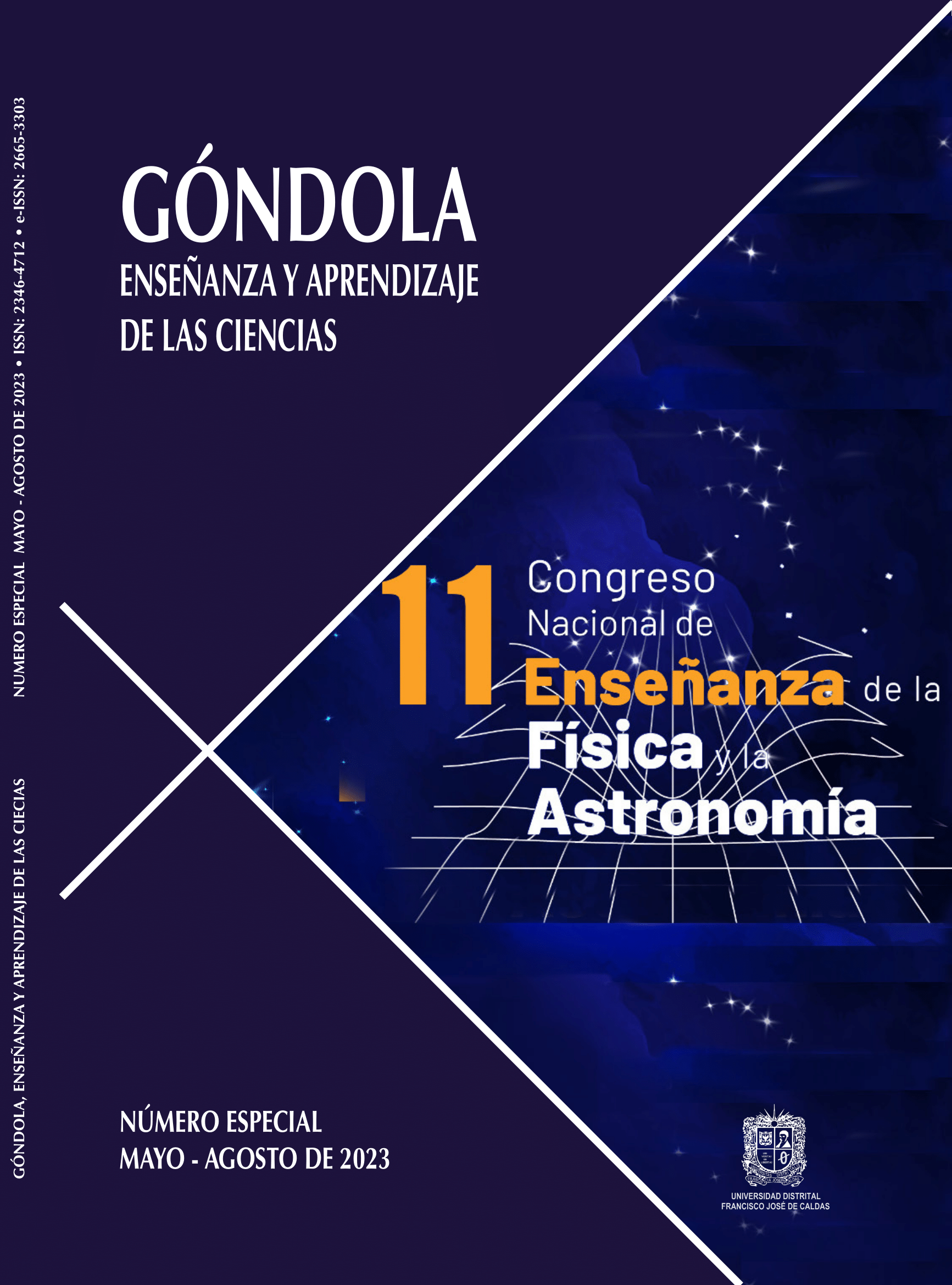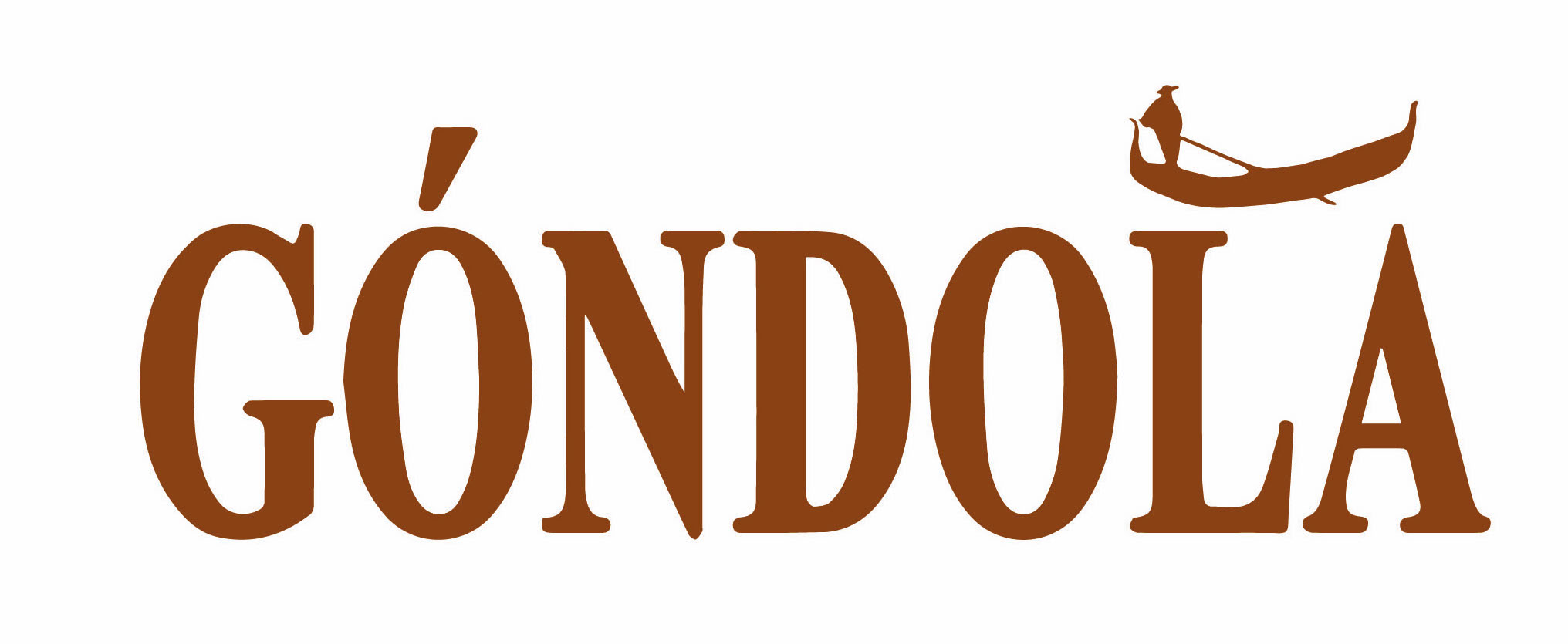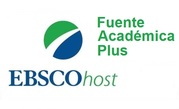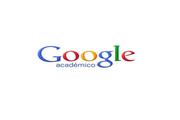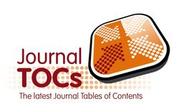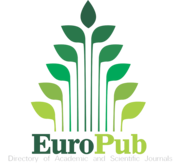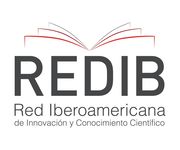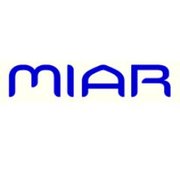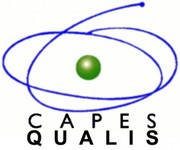DOI:
https://doi.org/10.14483/23464712.21392Published:
2023-10-10Las Redes Neuronales Cuánticas y Enseñanza de Aspectos Básicos de la Mecánica Cuántica
Quantum Neural Networks and Teaching Basic Aspects of Quantum Mechanics
Redes Neurais Quânticas e Ensino de Aspectos Básicos da Mecânica Quântica
Keywords:
Perception, Learning process, Memory, Employer association (en).Keywords:
Percepción, Proceso de aprendizaje, . Memoria. Asociación patronal (es).Keywords:
Percepção, Processo de aprendizagem, Memória, Associação patronal (pt).Downloads
Abstract (es)
La enseñanza de la física en la actualidad se liga a los desarrollos que se producen en el campo de la computación, por tanto, no se puede desconocer que desde las redes neuronales se crean nuevas tecnologías y evoluciona en términos de la Inteligencia artificial. La física adoptó estos sistemas con la finalidad de poder hacer procesamiento de datos, análisis de sistemas, procesamiento de imágenes y clasificación de señales de manera más óptima, que se aplican en áreas tales como la óptica, astronomía, mecánica cuántica, entre otros. De forma paralela se crea una relación entre las redes neuronales y la computación cuántica, por lo cual, este documento profundiza dentro de dichas estructuras e identifica los lazos que hay con el formalismo cuántico. La hoja de ruta se desarrolló a partir de la construcción y análisis de algoritmos de redes neuronales, los cuales, se fundamentan en dos componentes principales, las funciones de activación y la autorregulación de pesos estadísticos que estructuran las bases del aprendizaje automático, lo que permite la investigación multidisciplinar entre la física computacional y la mecánica cuántica para la optimización y evolución del concepto de red neuronal “clásica”, se buscó un sistema cuántico de red neuronal las bases conceptuales y matemáticas para el desarrollo a futuro del concepto de la red neuronal cuántica, de esta manera, a partir del uso de conceptos fundamentales de la mecánica cuántica, se encontró alternativas para desarrollar la enseñanza de la teoría y reflejar la aplicabilidad en el machine learning un campo en potencia, para el desarrollo de la inteligencia artificial.
Abstract (en)
The teaching of physics is currently linked to the developments that occur in the field of computing; therefore, it cannot be ignored that new technologies are being developed from neural networks and evolving in terms of artificial intelligence. Physics has adopted these systems in order to be able to perform data processing, system analysis, image processing and signal classification in a more optimal way, which are applied in areas such as optics, astronomy, quantum mechanics, among others. In parallel, a relationship has been created between neural networks and quantum computing, for which this document seeks to investigate and delve into these structures and identify the links with quantum formalism. The established roadmap is developed from the construction and analysis of neural network algorithms, which are based on two main components, the activation functions and the self-regulation of statistical weights that structure the bases of machine learning, which allows multidisciplinary research between computational physics and quantum mechanics for the optimization and evolution of the concept of "classical" neural network, affirming to date the inexistence of a quantum system of the neural network, but the conceptual and mathematical association bases for the future development of the concept of the quantum neural network, in this way, based on the use of fundamental concepts of quantum mechanics, it is possible to blur the abstract nature of said physical theory and reflect the applicability in machine learning, a potential field for the development of artificial intelligence.
Abstract (pt)
Resumen del artículo em portugues. O ensino de física atualmente está atrelado aos desenvolvimentos que ocorrem no campo da computação, portanto, não se pode ignorar que novas tecnologias estão sendo desenvolvidas a partir de redes neurais e evoluindo em termos de inteligência artificial. A física adotou esses sistemas para poder realizar processamento de dados, análise de sistemas, processamento de imagens e classificação de sinais de forma mais otimizada, que são aplicados em áreas como óptica, astronomia, mecânica quântica, entre outras. Em paralelo, foi criada uma relação entre redes neurais e computação quântica, para a qual este documento busca investigar e aprofundar essas estruturas e identificar as ligações com o formalismo quântico. O roteiro estabelecido é desenvolvido a partir da construção e análise de algoritmos de redes neurais, que se baseiam em dois componentes principais, as funções de ativação e a autorregulação de pesos estatísticos que estruturam as bases do aprendizado de máquina, o que permite pesquisas multidisciplinares entre física computacional e mecânica quântica para a otimização e evolução do conceito de rede neural "clássica", afirmando até hoje a inexistência de um sistema quântico da rede neural, más as bases conceituais e matemáticas de associação para o desenvolvimento futuro do conceito de rede neural quântica , desta forma, com base no uso de conceitos fundamentais da mecânica quântica, é possível borrar a natureza abstrata da referida teoria física e refletir a aplicabilidade no aprendizado de máquina, um campo potencial para o desenvolvimento da inteligência artificial.
References
Caparrini, F. S. (18 de Mayo de 2023). Entrenamiento de Redes Neuronales: mejorando el Gradiente Descendente. http://www.cs.us.es/~fsancho/?e=165
Corte, I. R. (2021). Modelado de sistemas magnéticos. [Tesis de grado. Universidad Nacional De La Plata].
Escámez, M. R. (2022). CLASIFICACIÓN AUTOMÁTICA DE FRUTAS A PARTIR DE IMÁGENES CON PHYTON. TÉCNICAS DE TRANSFERENCIA DE APRENDIZAJE ATRANSFERENCIA DE APRENDIZAJE A PARTIR DE CONJUNTOS DE DATOS PEQUEÑOS. [Trabajo fin de grado, Universidad Miguel Hernandez de Elche].
EzhoV, A. A., & Ventura, D. (2000). Quantum Neural Networks. Future Directions for Intelligent Systems and Information Sciences: The Future of Speech and Image Technologies, Brain Computers, WWW, and Bioinformatics, 213-235.
https://doi.org/10.1007/978-3-7908-1856-7_11
Gomez, M. (2010). Introducción al formalismo de la mecánica cuántica no relativista. Universidad Nacional de Colombia.
Google inc. (18 de mayo de 2023). Pennylane. https://pennylane.ai/qml/demos/tutorial_expressivity_fourier_series.html
Hopfield, J. (1988). Artificial Neuronal Networks. IEEE CIRCUITS AND DEVICES MAGAZINE, 4(5), 3-10.
https://doi.org/10.1109/101.8118
Izaurieta, F., & Saavedra, C. (2000). Redes Neuronales Artificiales. Departamento de física, Univerisdad concepcion de chile.
Kandel, E. (1955). Kandel, E. (1995). Essentials of neural science and behavior. Appleton&Lange Norwalk, 6(23), 425-451.
Kaye, P., Laflamme, R., & Mosca, M. (2007). An Introduction to Quantum. Great Britain: Oxford Express.
https://doi.org/10.1093/oso/9780198570004.001.0001
Li, L., DOROSLOVAČKI, M., & LOEW, M. H. (2020). Approximating the Gradient of. Approximating the Gradient of Cross-Entropy Loss Function, 8, 111626-111635. https://doi.org/10.1109/ACCESS.2020.3001531
https://doi.org/10.1109/ACCESS.2020.3001531
López, R. (2022). INTRODUCCIÓN A LA COMPUTACIÓN. [Trabajo fin de grado, UNIVERSIDAD COMPLUTENSE DE MADRID].
Pennylane. (17 de mayo de 2023). Pennylane. https://pennylane.ai/qml/demos/tutorial_expressivity_fourier_series.html
Rosenblatt, F. (1957). The perceptron, a perceiving and recognizing automaton Project Para. Cornell Aeronautical Laboratory.
Schuld, M., Bocharov, A., Svore, K. M., & Wiebe, N. (2020). Circuit-centric quantum classifiers. PHYSICAL REVIEW A, 101(3). https://doi.org/https://doi.org/10.1103/PhysRevA.101.032308
https://doi.org/10.1103/PhysRevA.101.032308
Stokes, J., Izaac, J., Killoran, N., & Carleo, G. (2020). Quantum Natural Gradient. Quantum, 4, 269. https://doi.org/https://doi.org/10.22331/q-2020-05-25-269
https://doi.org/10.22331/q-2020-05-25-269
Turing, A. M. (1936). On computable numbers, with an application to the Entscheidungsproblem. J. of Math, 58(5), 345-363.
Wilkinson, C. (2020). Ciencia de Datos Python: Una guía definitiva para que los principiantes aprendan los fundamentos de la ciencia de datos con Python(Libro En Español/Self Publishing Spanish Book Version). Independently Published.
Wittek, P. (2014). Quantum Machine Learning What Quantum Computing Means to Data Mining. Academic Press.
How to Cite
APA
ACM
ACS
ABNT
Chicago
Harvard
IEEE
MLA
Turabian
Vancouver
Download Citation
License
Copyright (c) 2023 Autor y Góndola. Enseñanza y Aprendizaje de las Ciencias

This work is licensed under a Creative Commons Attribution-NonCommercial-NoDerivatives 4.0 International License.
Gondola, Ens Aprend Cienc. is an open-access publication, free of charge for authors and readers. The publication, consultation or download of the contents of the magazine does not generate any cost for the authors or the readers, since the Francisco José de Caldas District University assumes the expenses related to edition, management and publication. The peer evaluators do not receive any economic retribution for their valuable contribution. The work of all the actors mentioned above is understood as a contribution to the strengthening and growth of the research community in the field of Science Education.
As of December 1, 2018 the contents of the journal are published under the terms of the Creative Commons License Attribution-Noncommercial- ShareAlike 4.0 International (CC-BY-NC-SA 4.0), under which others may distribute, remix, retouch, and create from the work in a non-commercial way, give credit and license their new creations under the same conditions.
The copyright holders are the authors and the journal Gondola, Ens Aprend Cienc. The holders retain all rights without restrictions, respecting the terms of the license in terms of consultation, downloading and distribution of the material.
When the work or any of its elements is in the public domain according to the applicable law in force, this situation will not be affected by the license.
Likewise, we encourage authors to deposit their contributions in other institutional and thematic repositories, with the certainty that culture and knowledge is a good of all and for all.

